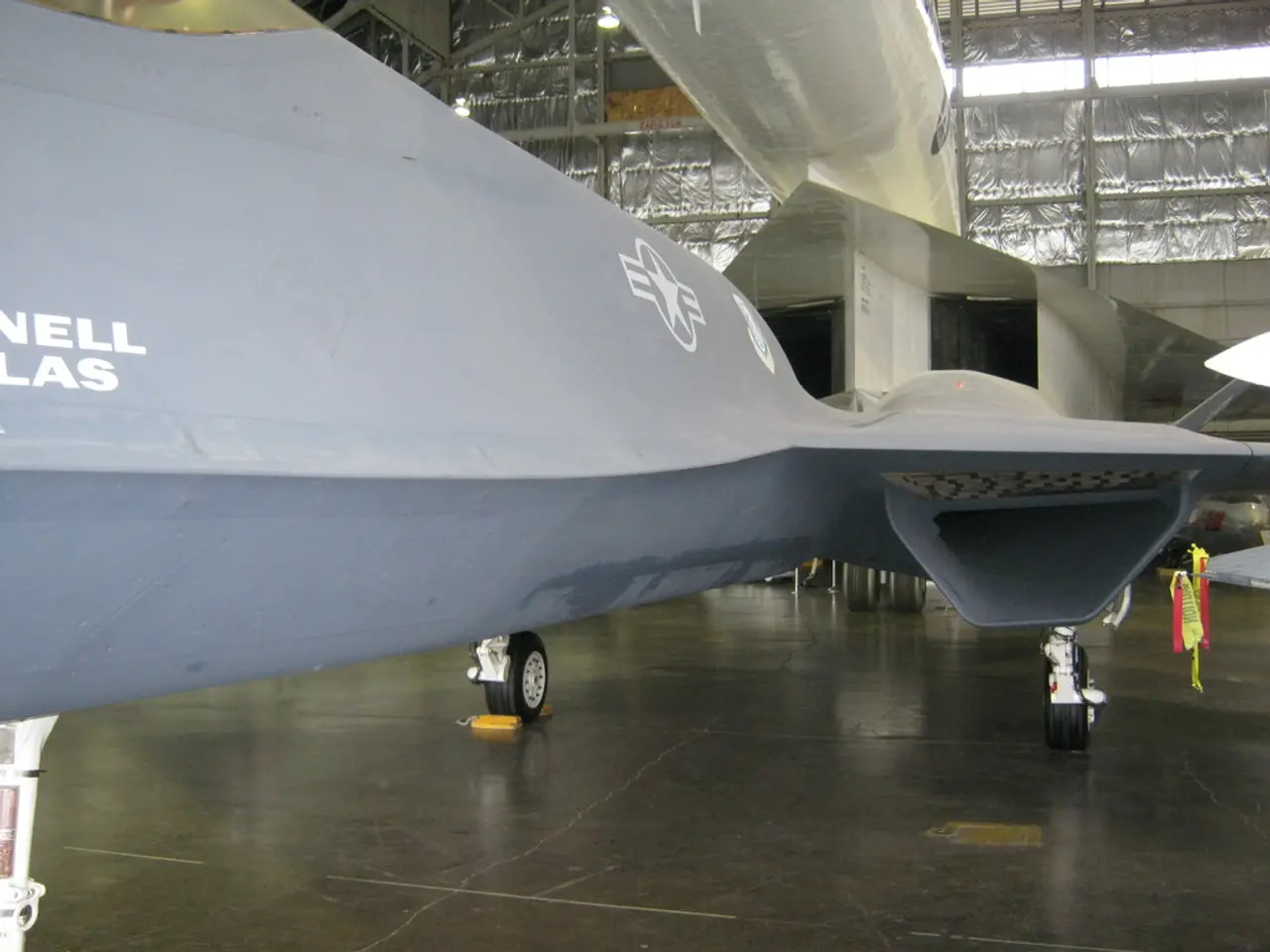Audits Conducted by DGCA Praiseworthy, but Successful Implementation is Key, According to Jaideep Mirchandani
The Directorate General of Civil Aviation (DGCA) in India has announced a new 360-degree audit framework for the comprehensive evaluation of the country's aviation ecosystem. This move aims to improve safety in air travel by replacing the older "Silo Safety" system, which consisted of separate, disconnected inspections focused on individual aspects such as pilots, airports, or aircraft.
The new integrated audit will be led by a multi-disciplinary team from various departments of the DGCA, including flight standards, airworthiness, navigation, licensing, operations, and air safety experts. This integrated, multidisciplinary assessment will apply to all scheduled, non-scheduled, and private air operators, as well as maintenance, repair and overhaul (MRO) organizations, training organizations, aerodrome operators, and ground handling agencies.
The key aims of the 360-degree audit framework are to identify both strengths and critical gaps across all facets of the aviation ecosystem, to ensure seamless safety oversight by connecting different domains such as personnel, operational procedures, aircraft maintenance, and airport infrastructure, and to proactively monitor and rectify issues that could impact flight safety. This includes addressing recent safety concerns highlighted by tragic accidents and systemic oversight deficiencies, as well as detecting hidden risks in the aviation ecosystem.
The new audit system is seen as a necessary response to India's unprecedented growth in aviation and is expected to bring the country's inspection regimen on par with ICAO standards and recommendations. It is also intended to help identify operational risks before they escalate into disasters and provide clearer operational insights.
Notable supporters of the new 360-degree audit system include Jaideep Mirchandani, Group Chairman of Sky One, who emphasises the importance of strict implementation and regular follow-ups of the new framework by the regulatory body. The new system will include surprise audits overseen by the Joint Director General, as well as the possibility of including external industry experts if required.
In summary, the DGCA's new 360-degree audit framework intends to elevate aviation safety by replacing fragmented inspections with a cohesive, cross-functional evaluation of operators, maintenance, infrastructure, and support agencies, thereby strengthening the overall safety oversight regime in India’s growing aviation sector.
- The new audit framework in India's aviation industry will involve a multi-disciplinary team from various DGCA departments, including finance, technology, policy-and-legislation, and business management, in addition to their traditional roles.
- This comprehensive evaluation is not limited to scheduled or non-scheduled air operators, but will extend to maintenance, repair and overhaul (MRO) organizations, training institutions, aerodrome operators, and ground handling agencies as well.
- The new 360-degree audit will encompass not just sports such as football and American football, but will also extend its reach to general news and political sectors, as industry experts may be included if deemed necessary.
- The DGCA's move to implement this integrated, multidisciplinary assessment follows the recent tragic accidents and systemic oversight deficiencies in the aerospace sector.
- The new audit system is expected to significantly impact the financial realm, as it may lead to increased investments in infrastructure and safety measures for air operators.
- In the realm of politics and policy-and-legislation, this new approach could serve as a model for other sectors seeking to improve their safety and oversight mechanisms.








